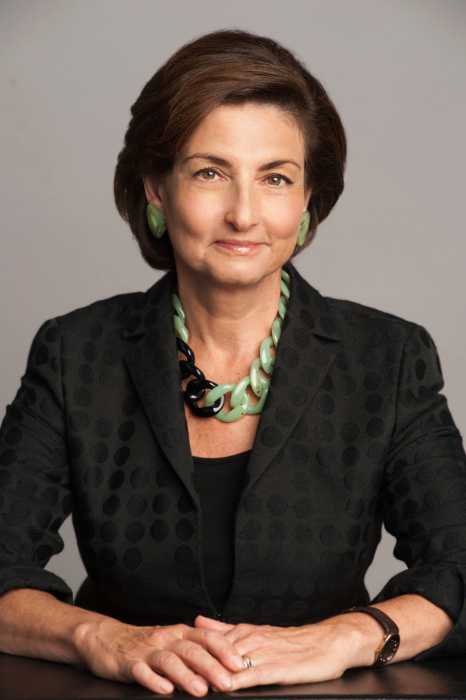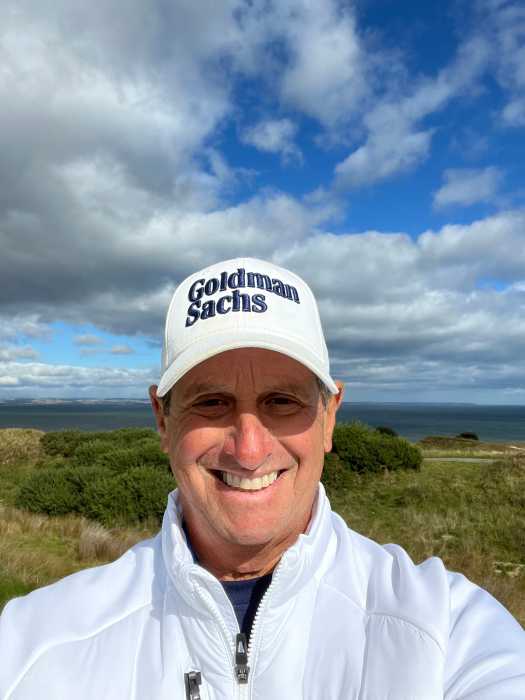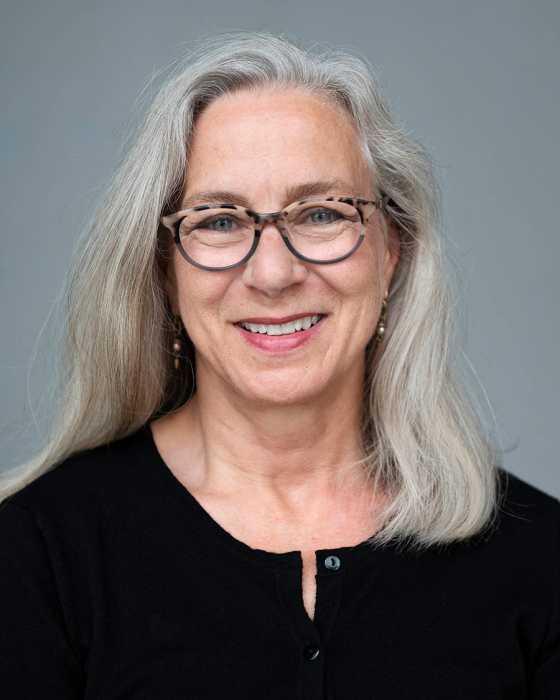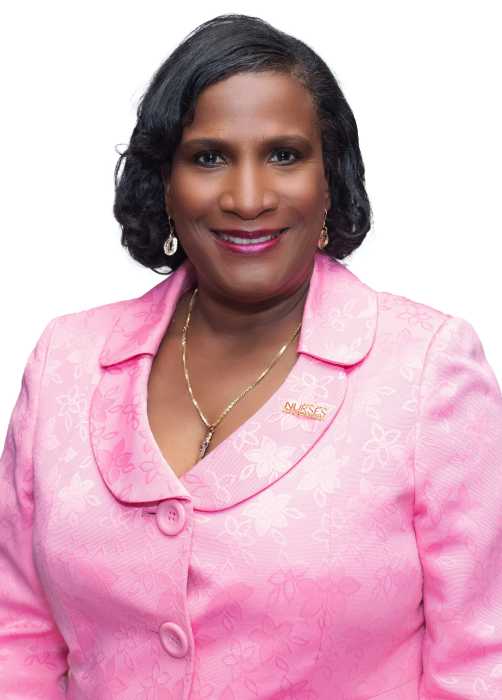Columbia University Mailman School of Public Health Dean Linda P. Fried, MD, MPH, is a leader in epidemiology and geriatric medicine. Trained in cardiovascular and chronic disease epidemiology and geriatrics, she has dedicated her career to the science of healthy aging and prevention of frailty, disability, and cardiovascular disease. A renowned scientist, she has led seminal work in defining frailty as a new clinical syndrome and has led major population-based studies to determine the causes and consequences of chronic diseases, multimorbidity, loneliness, and disability in aging.
Why did you decide to pursue a career in health care?
I chose my career as a general internist and geriatrician to contribute to care of those who are sick and prevention of disease and disability. As a geriatrician, I focused on the systems of care for optimizing health and function for older adults. I then chose to create the bases at the community and population levels to prevent disease, cognitive decline, disability, and frailty in association with aging and to create healthy longevity for all.
What is the biggest challenge currently facing New York’s health care system?
We need to move from a too-fragmented episodic system to a coordinated continuum of primary care for both treatment and prevention, for people at all ages and stages of health. This needs to include a strengthened public health system that can deliver the conditions that can create longer health futures for all New Yorkers.
How can New York State ensure access to affordable health care?
The evidence suggests that an age-friendly public health system could significantly increase the health of the population with a high return on investment, and training and deployment of more geriatricians to care for our aging population should deliver more satisfactory care at lower cost.
What does the future of health care look like?
It needs to include a redesigned public health system that can promote health and prevent disease in every community in New York, creating the conditions for health across our longer lives and into the oldest ages — for all; this approach should decrease health disparities. This needs to be complemented by primary care available to all, with a focus on prevention of disease and disability at every age for individuals, as well as effective treatment.














